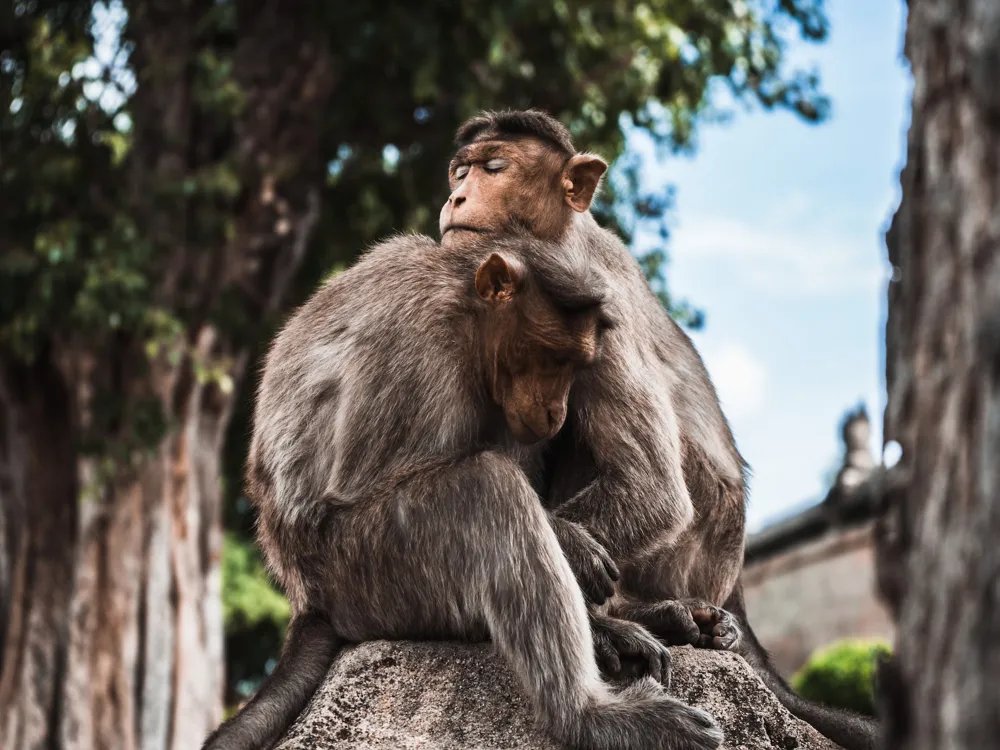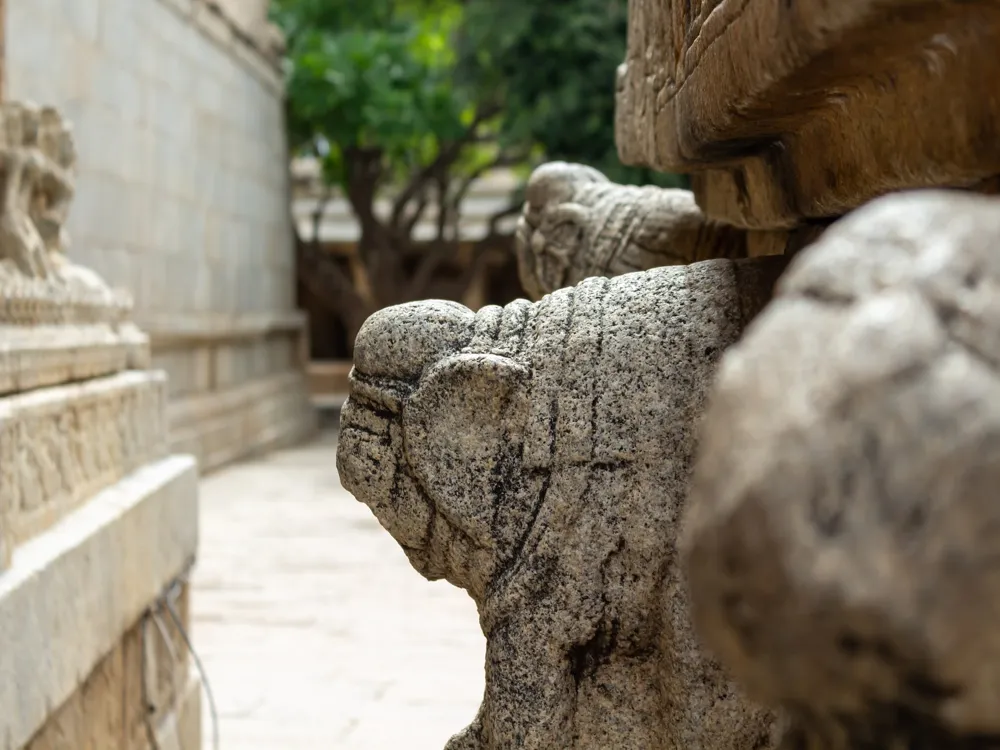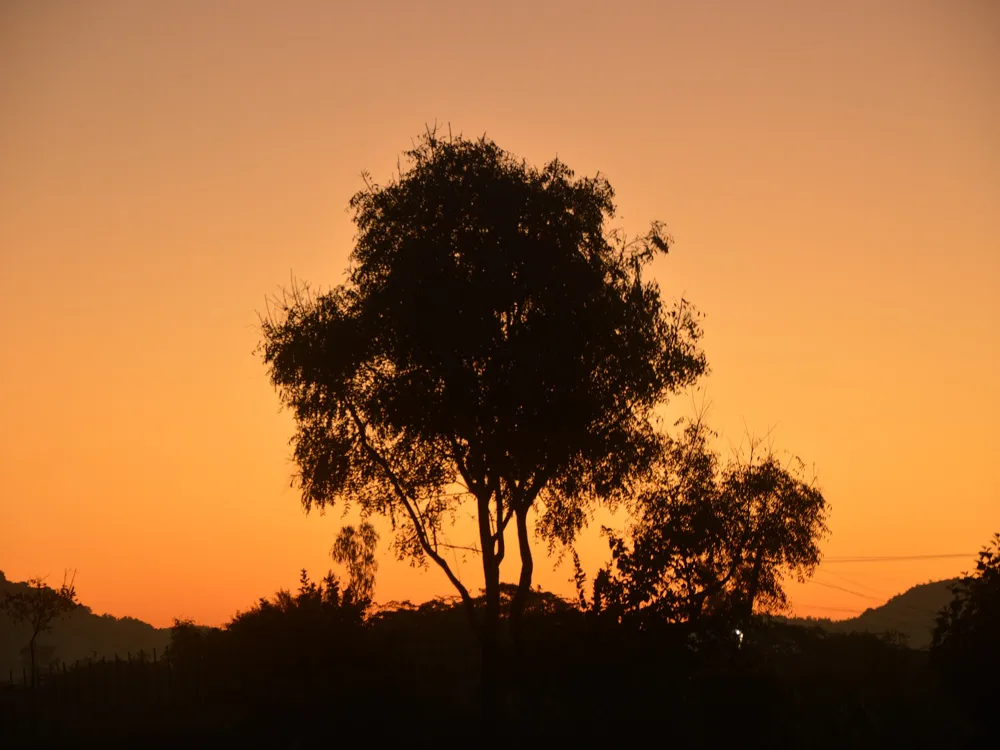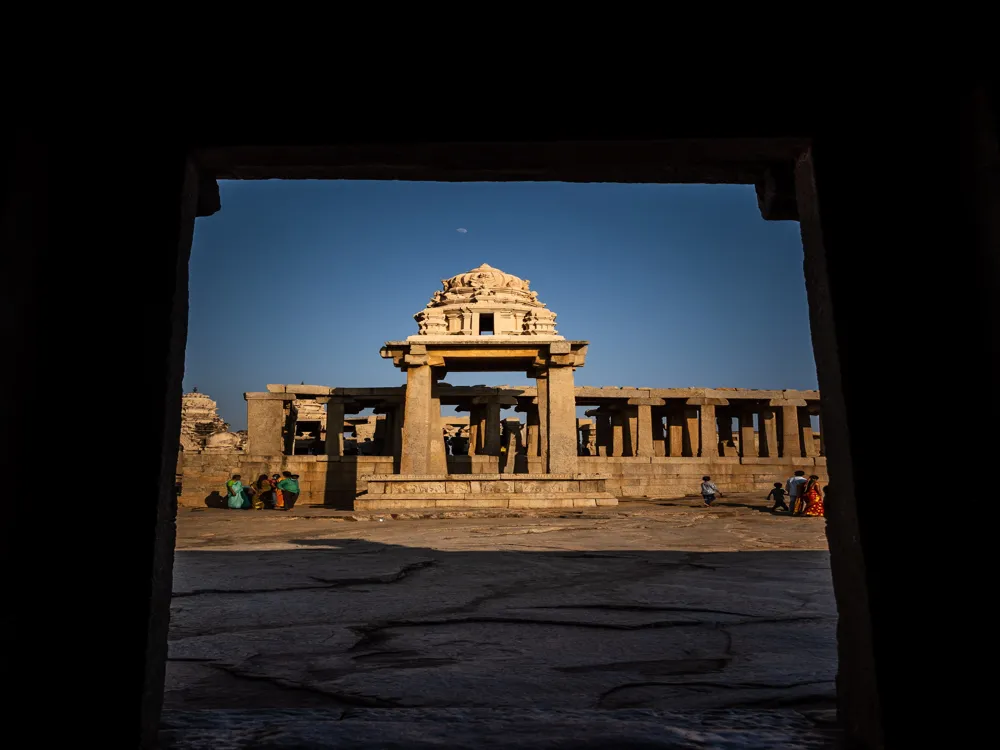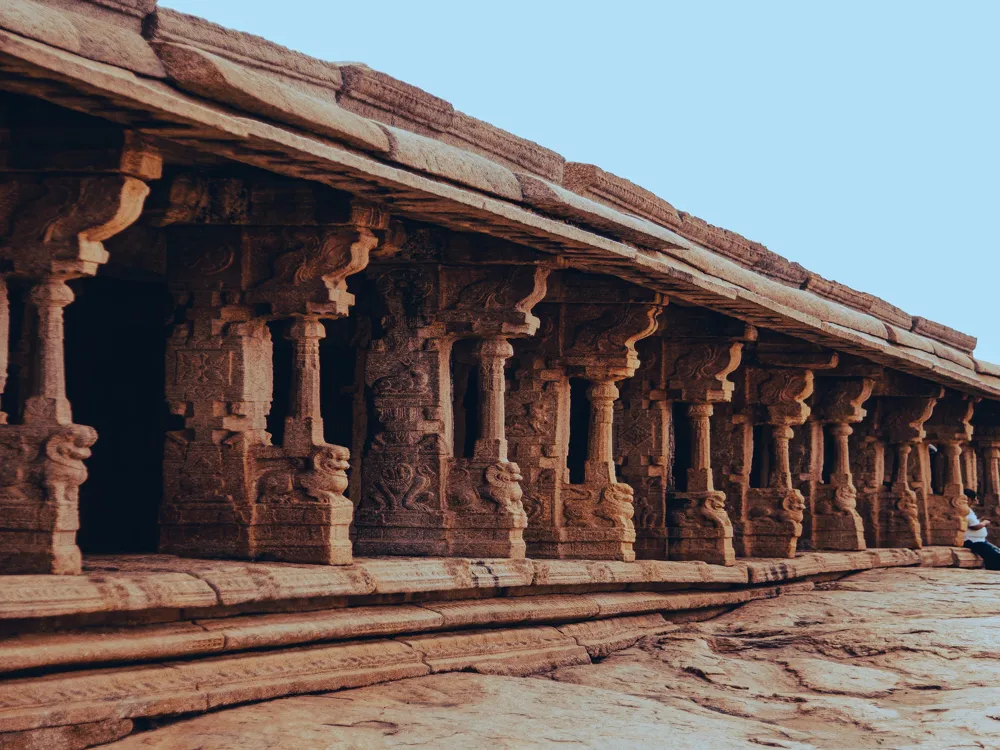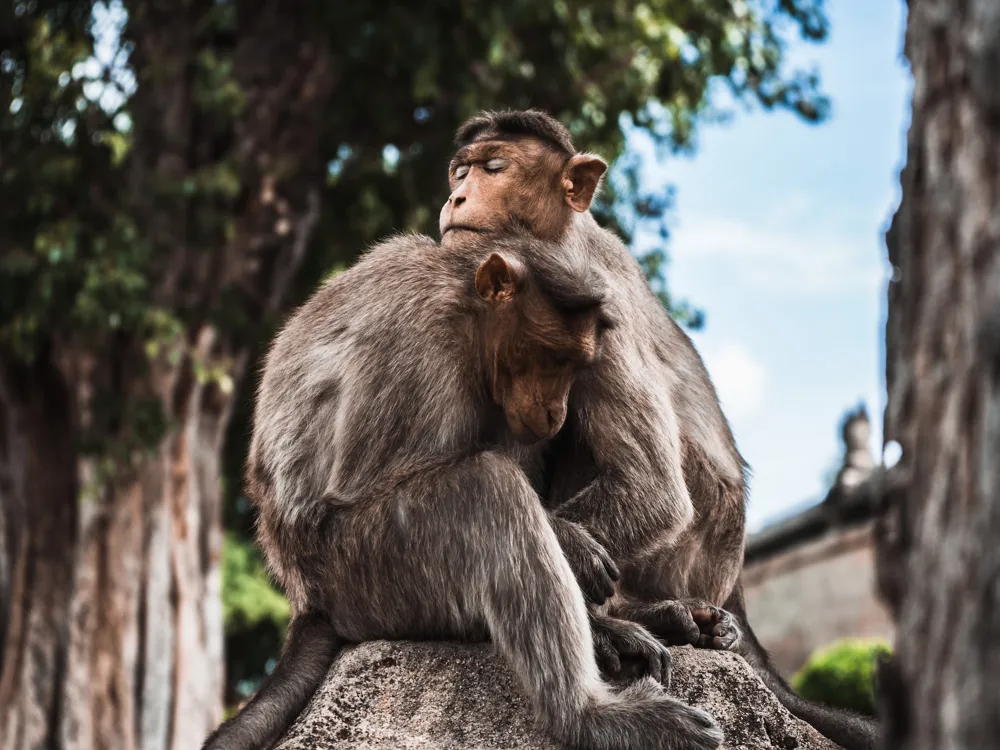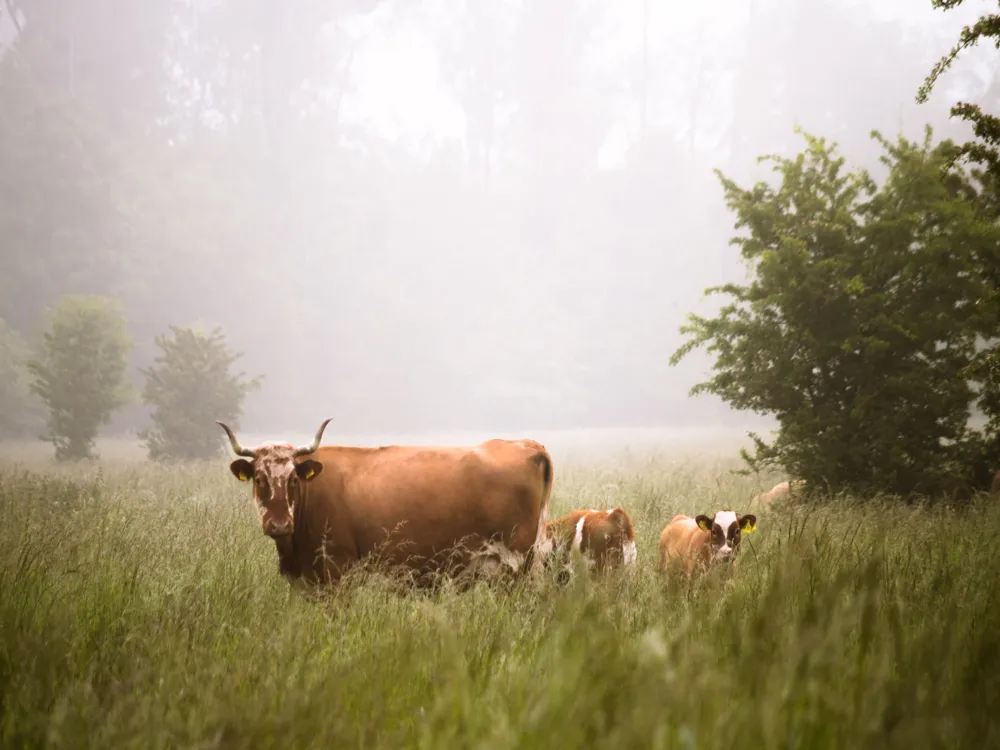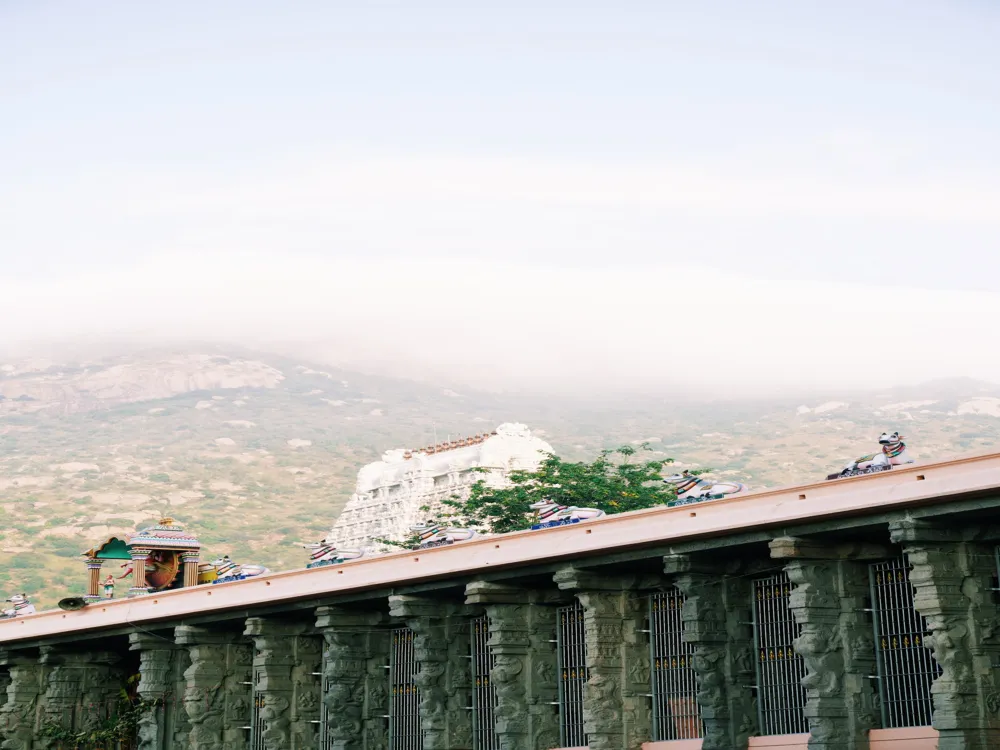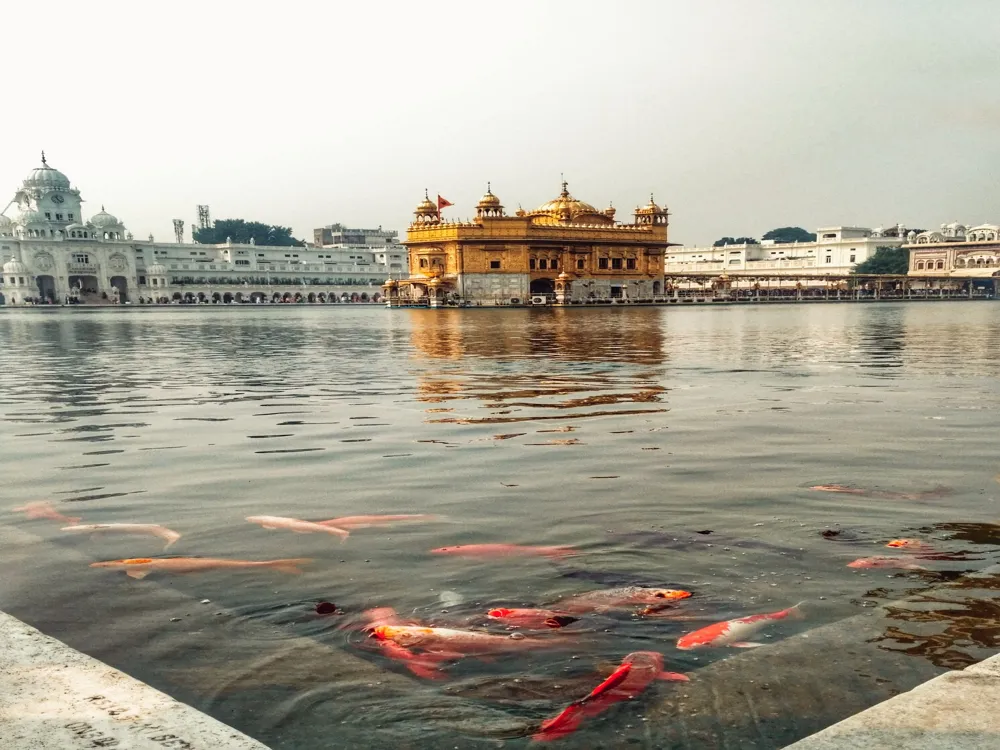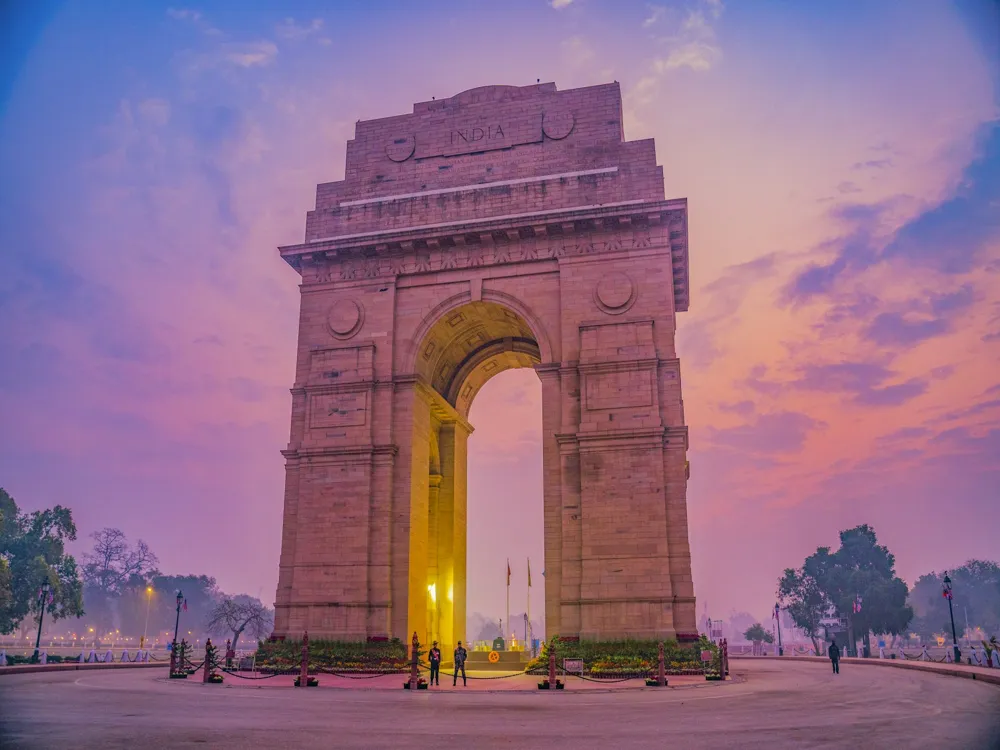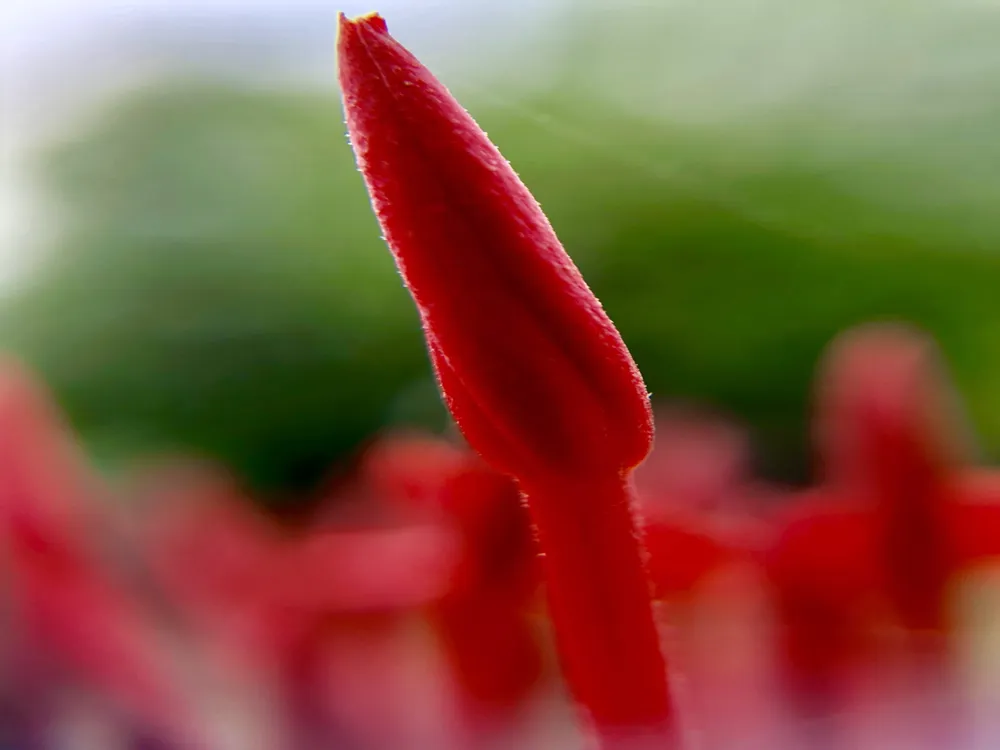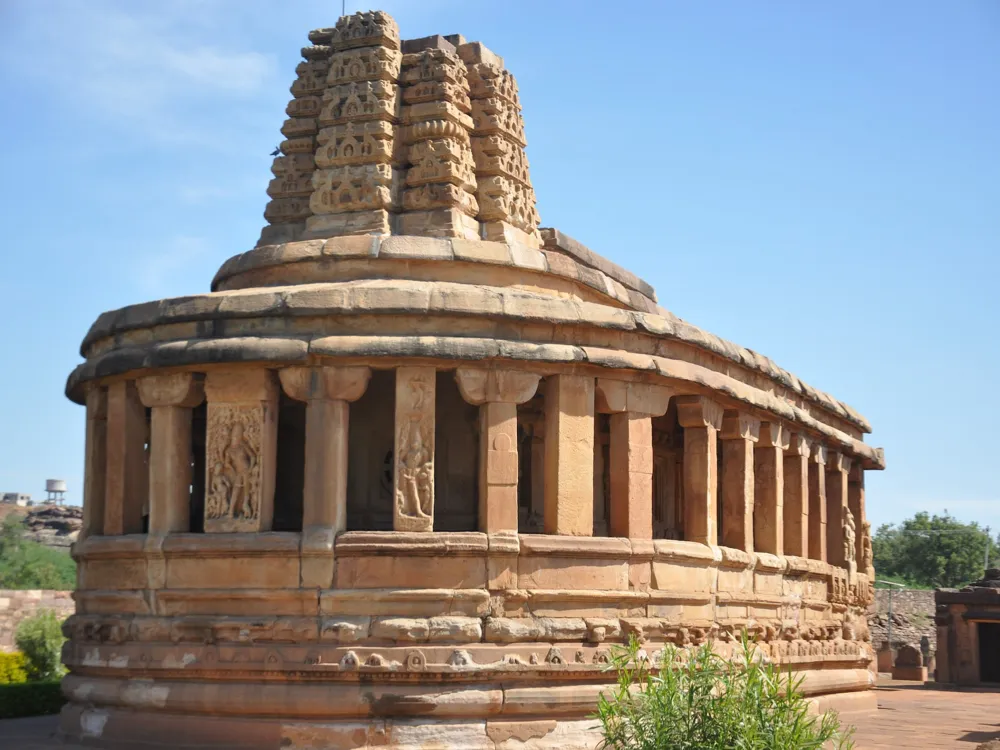Best Time to Visit Lepakshi
Andhra Pradesh India
16 out of 25 Places to visit in Andhra PradeshNaN onwards View Packages
Get Customized PackagesThe Land of Diversity
Top Hotel Collections

Private Pool

Luxury Hotels

5-Star Hotels

Pet Friendly
What is the Best Time to Visit Lepakshi?
Lepakshi, a gem nestled in the heart of India, beckons travelers with its rich history and architectural marvels. To truly savor the essence of this cultural haven, choosing the best time to visit Lepakshi is crucial. Our comprehensive guide will navigate you through the seasons, ensuring an unforgettable experience.
More about Best Time to Travel to Lepakshi
Travel Peak Season in Lepakshi
The peak season in Lepakshi, spanning from October to March, unveils the town in all its glory. This period, marked by mild temperatures and clear skies, is ideal for exploring the intricate details of the Veerabhadra Temple. The captivating sculptures and historical wonders come alive, offering a mesmerizing journey back in time.
Travel Offseason in Lepakshi
For those seeking a more secluded encounter with Lepakshi's wonders, the offseason from April to June presents a unique opportunity. While temperatures rise, the lack of crowds allows for a more intimate exploration of the town's hidden gems, including the famed Nandi Bull sculpture.
Lepakshi Travel Packages
View All Packages For Lepakshi
Lepakshi in Shoulder Season
Transitioning seasons, the shoulder months of September and July offer a delightful compromise. The weather remains pleasant, with occasional showers adding a touch of freshness to the landscape. This intermediate period allows visitors to revel in both the architectural splendor and the tranquility that defines Lepakshi.
Lepakshi in Hot Season
As summer unfurls its warmth from April to June, Lepakshi dons a different charm. The scorching sun casts a golden hue upon the ancient structures, creating a surreal atmosphere. While temperatures soar, this season unveils a quieter side of Lepakshi, perfect for introspective travelers.
Lepakshi in Rainy Season
Monsoons, gracing Lepakshi from July to September, breathe life into the arid surroundings. The rain-kissed Veerabhadra Temple and Lepakshi's lush greenery create a picturesque setting. Embrace the ethereal beauty of this season, but be prepared for intermittent showers as you navigate the historical marvels.
Lepakshi in Cool Season
The cool season, spanning from October to March, stands out as the prime time to explore Lepakshi's intricate details. With temperatures at their mildest, this season ensures a comfortable journey through the town's historical tapestry. Immerse yourself in the timeless allure of Lepakshi's architectural wonders without the discomfort of extreme weather.
Places To Visit In Lepakshi
View All Places To Visit In LepakshiNearby Places Lepakshi
Lepakshi Photos
View All Photos For LepakshiBrowse Package Collections
Browse Hotel Collections
Faq
1. When is the ideal time to plan a visit to Lepakshi?
Lepakshi is best visited during the months of October to March when the weather is pleasant, and the temperature is moderate. This period allows for a comfortable exploration of the historical and architectural wonders of the region.
2. Is there a specific season to avoid visiting Lepakshi?
The summer months, from April to June, can be quite hot and may not be the most enjoyable time for outdoor activities. It is advisable to avoid these months if you are not comfortable with high temperatures.
3. Are there any festivals or events that make a visit to Lepakshi special?
Yes, the Virupaksha Temple Festival in February is a significant event. It attracts a large number of devotees and tourists, offering a unique cultural experience. Planning your visit around this festival can add a festive charm to your trip.
4. How is the monsoon season in Lepakshi, and is it a good time to visit?
Lepakshi experiences a monsoon season from June to September. While the landscape becomes lush and green, heavy rainfall may disrupt outdoor plans. Travelers should be prepared for rain and plan accordingly if visiting during these months.
5. Can Lepakshi be visited during winter?
Yes, winter (November to February) is considered an excellent time to visit Lepakshi. The weather is cool and comfortable, making it ideal for exploring the historic sites, such as the Veerabhadra Temple, without the discomfort of extreme temperatures.

